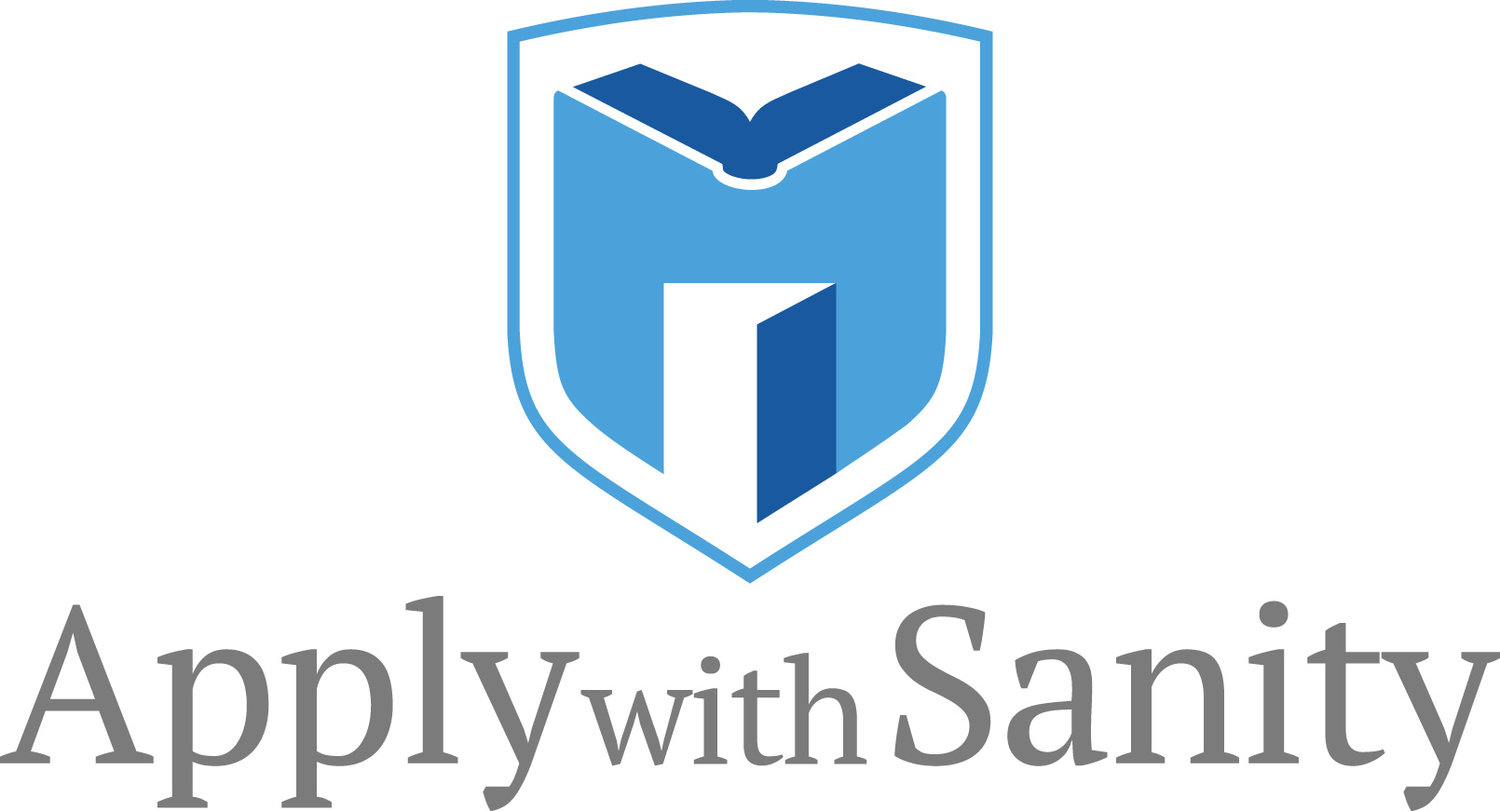I wish more high school students knew about the Common Data Set. The Common Data Set (CDS) is a form that many—though not all—colleges use to report information about the college. It’s where the College Board, US News, and Peterson’s all get their data about colleges. When you’re ready to do a “deep dive” to get to know a college, their CDS is one place where you look. How do you find a school’s CDS? Just Google “[name of college] common data set.” For example, here is a link to Austin College’s 2022-2023 CDS.
Most high school students looking for data are going straight to section C: “FIRST-TIME, FIRST-YEAR ADMISSION.” Find out exactly how many people applied to the college, how many were accepted, and how many enrolled. Find out if they have a waiting list, how many people were offered wait list spots, and how many of the people on the list were ultimately admitted. Wondering how many foreign language credits they require? How many science credits they recommend? You can find out in section C of the CDS. Does the school consider demonstrated interest? How about legacy status? or first-get status? They’ll tell you in the CDS. They’ll also tell you how important things like class rank and interviews are to them. You can find out what their SAT and ACT midranges were to compare your scores (if you have them). Pretty much any piece of information you would like to know about their admission process is in the CDS.
But if you only look at section C for admission data, there’s a lot you’ll miss that may be important to you.
Section B: ENROLLMENT AND PERSISTENCE. This section tells you how many students there are, broken down by gender, ethnicity, and type of degree. It will tell you what their graduation has has been over four, five, and six years.
Section E: ACADEMIC OFFERINGS AND POLICIES. Here’s where you find out if the college offers double majors, study abroad, internships, and student-designed majors, and other programs. It will also tell you if there are subjects where all students must take at least one class.
Section F: STUDENT LIFE. This section tells you what kinds of housing are available on campus (like coed housing, special housing for the disabled, theme housing), what percentage of students are in sororities or fraternities, what percentage of students live off campus, if the school offers ROTC, and what kinds of clubs and organizations are on campus.
Section G: ANNUAL EXPENSES. Tuition, fees, and living costs are found here. Notice there’s a place for schools to check if the costs are not the same for each year. For example, Austin College’s tuition and fees are $475 more for first-year students than returning students.
Section H: FINANCIAL AID. You can look through the financial aid section, and I encourage you to. But remember that it tells you nothing about the financial aid that you will receive. You only find that out once you apply and are accepted.
Section G: INSTRUCTIONAL FACULTY AND CLASS SIZE. Here you can find out how many faculty members they have, how many of them belong to minority groups, and how many of them have doctorate degrees. You can see what their overall student faculty ratio is, and see a sampling of class sizes.
Section J: DISCIPLINES. This section tells you what majors they offer, and what percentage of students graduate with degrees in the majors. So you can see what’s offered and also what’s popular.
That’s a lot of detailed information.
A few things to remember. Not all colleges participate in the Common Data Set , and not all of them answer each question. So while it’s very standardized, it’s not perfectly standardized. Also, different schools publish their CDS in different ways. Most have it as a downloadable PDF. Some a downloadable Excel file. And some have it formatted into their web site and not as a downloadable file at all. But you’ll still get plenty of information from any CDS you can find.
Combing through the CDS of every school you’re looking at might be too time-consuming. It’s fine to begin with each sites like BigFuture, Forbes, US News, and the Fiske Guide. But once you’re seriously considering a school—once it’s in your top 15 or 20—then you should take the time to look through the CDS. What all does the document tell you about the school? What questions does it leave unanswered? These are really important, and they’re (usually)waiting right there for you online.
Thanks for reading! If you enjoyed this post, here are three easy things you can do:
Share it on your social media feeds so your friends and colleagues can see it too.
Read these related posts:
What to think of college rankings
Finding the right college can be like finding the right bottle of wine
Ask a question in the comments section.
Apply with Sanity doesn’t have ads or annoying pop-ups. It doesn’t share user data, sell user data, or even track personal data. It doesn’t do anything to “monetize” you. You’re nothing but a reader to me, and that means everything to me.
Photo by Angela Elisabeth
Apply with Sanity is a registered trademark of Apply with Sanity, LLC. All rights reserved.




